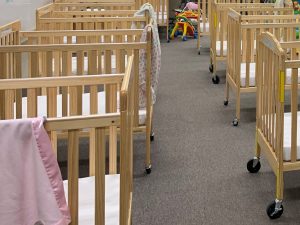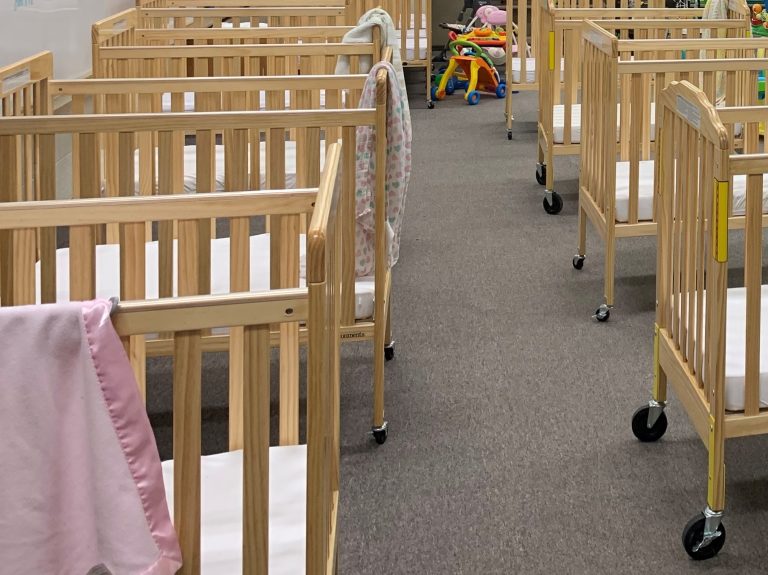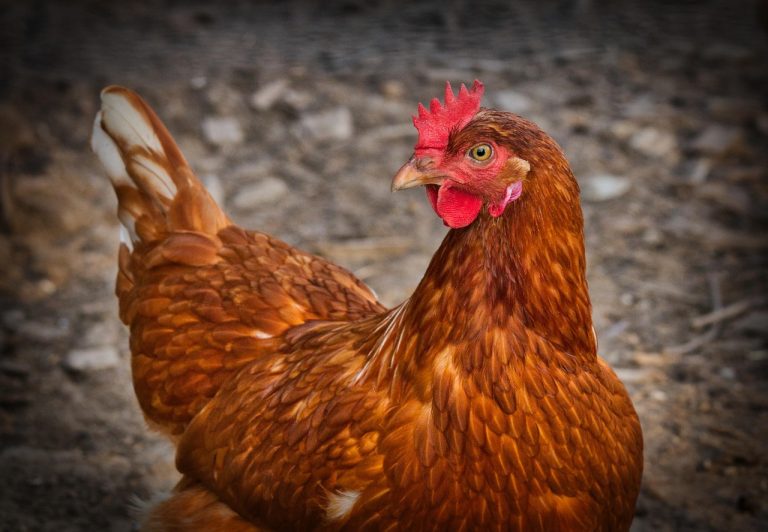Des Moines, Iowa — Iowa’s seasonally adjusted unemployment rate dropped again last month, and twelve of northwest Iowa’s sixteen counties had rates at or below the statewide rate.

The statewide rate fell to 4.0 percent in March from 4.1 percent in February. The state’s jobless rate was 4.4 percent one year ago. The U.S. unemployment rate remained at 5.5 percent in March.
Nonfarm employment increased for the sixth-consecutive month in March, adding 3,300 jobs, according to Iowa Workforce Development officials. They say that the state’s nonfarm employment expanded to an all-time high, and the unemployment rate dropped to 4.0 percent, making it the lowest rate since May 2008.
In our area, Lyon County again had the lowest unemployment in the state at just 2.2 percent. That’s down from last year’s 3.3 percent. Osceola and O’Brien County were tied at 3.4 percent. That’s down from a year ago, when Osceola County had 3.7 percent, and O’Brien County had 3.9 percent. Sioux County unemployment was down from 3.8 percent a year ago to 3.1 percent this year.
In Cherokee County, where they’re still recovering from the loss of 450 jobs when the Tyson plant closed in September, their unemployment was up from 5.8 percent in March of 2014 to 6.6 percent this March. Cherokee County was the only county in the state to post an increase in unemployment from March of 2014. Their 6.6 percent unemployment was the highest in the state.
More information from Iowa Workforce Development:
The number of unemployed Iowans decreased to 67,800 in March from 70,300 in February. The current estimate is 6,200 lower than the year ago level of 74,000.
The total number of working Iowans increased to 1,647,100 in March. This figure is 600 higher than February and 25,500 higher than one year ago.
Seasonally Adjusted Nonfarm Employment
Iowa’s nonfarm employment posted another gain this month, adding 3,300 jobs. Following last month’s revision upward, total nonfarm employment has now increased in six consecutive months. Job growth was fueled primarily by service sectors, with private services gaining a combined 3,100 jobs. Public sectors added 500 jobs at the local level and remain up 3,600 jobs compared to one year ago. The state itself has added 26,900 jobs since last March (+1.7 percent).
The education and health services sector added the most jobs this month (+2,300) due to expansion in both private education and health care. Trade and transportation also posted a strong showing this month (+2,100) following a slight drop in February. This month’s gain was primarily bolstered by hiring in retail (+1,800) in preparation for increased summer traffic. Other monthly increases were small and included professional and business services, mining, and construction. Losses were slight this month and included a drop in leisure and hospitality (-1,100). A majority of this decline was in accommodations and food services (-900). Manufacturing pared jobs for the first time since October, with small losses occurring in both durable and nondurable goods factories. Financial activities pared 400 following an unexpectedly large increase in February.
Since last March, nonfarm employment has steadily advanced with growth occurring in most segments of the Iowa economy. Trade and transportation now leads all super sectors with 6,700 jobs added, followed by construction (+6,200) then professional and business services (+4,300). The only sector to trail last year’s level is the information sector (-1,000) as media becomes less labor-intensive and more technology-based. Iowa’s indicator sectors, manufacturing and financial services, are up 600 jobs combined.










